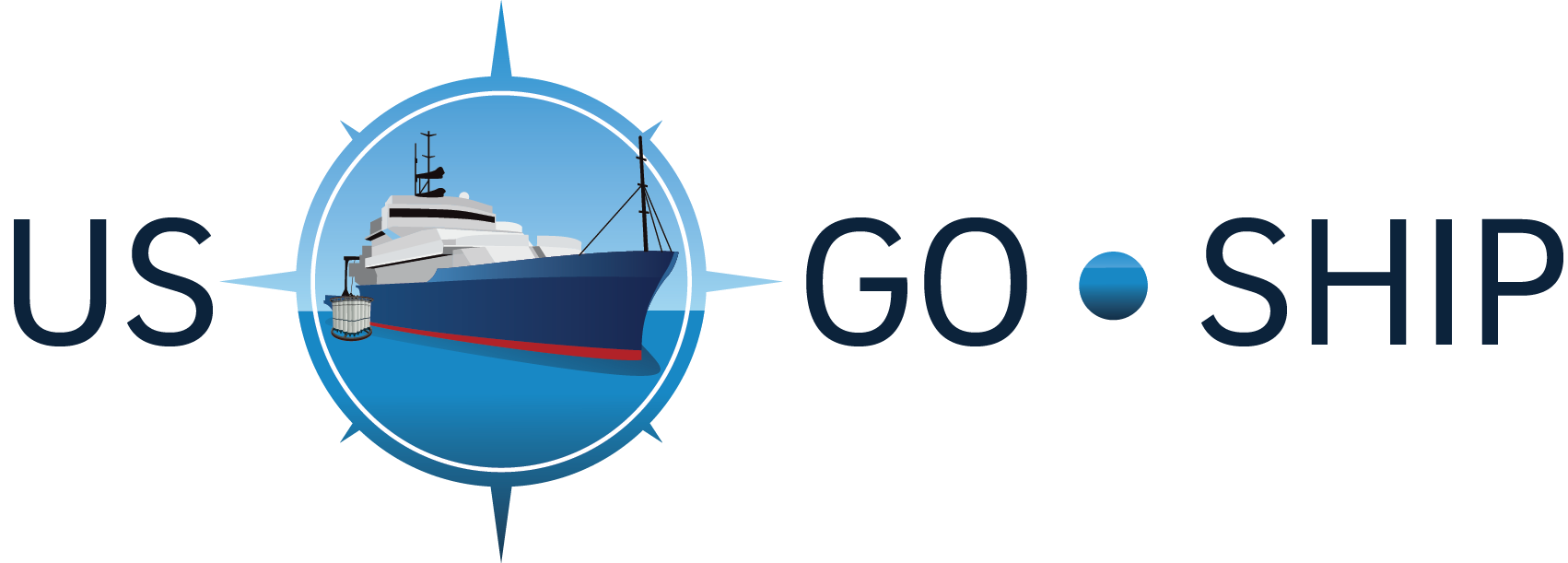The U.S. Global Ocean Ship-based Hydrographic Investigations Program (GO-SHIP) is a major contributor to International GO-SHIP, which carries out systematic global re-occupation of select hydrographic transects to quantify ocean change. Integrating the scientific needs of the carbon, hydrographic, and tracer communities GO-SHIP leads to scientific advances exceeding those of individual programs by contributing to numerous overlapping scientific objectives:
- Carbon System Studies
- Heat and Freshwater Storage and Flux Studies
- Deep and Shallow Water Mass and Ventilation Studies
- Observations for Numerical Model Calibration, Validation, and Assimilation
- Deployment, Validation and Calibration of Autonomous Sensors
GO-SHIP scientific objectives are important both for research programs and operational activities such as OceanOps and its observing network partners GOOS and GCOS (Global Ocean/Carbon Observing Systems). Together scientists and technicians with interests in physical oceanography, the carbon cycle, marine biogeochemistry and ecosystems continue to build and maintain this network of sustained hydrographic sections as part of and in support of the global ocean observing system.
The objectives and operations of GO-SHIP, summarized in Sloyan et al. (2019), focus on maintaining decadal time-scale sampling of ocean transports and inventories of parameters important for understanding ocean variability. Combined with observations from earlier programs, WOCE/JGOFS (1990s) and CLIVAR (2000s) these full depth datasets:
- provide a continuing historic record of ocean variables including import/export of atmospheric constituents
- reveal much about the stability of internal pathways and changing patterns in ocean properties
- follow variations in ocean heat and freshwater transport, which could affect the circulation by altering thermohaline overturn
- provide calibrated data for other sensors, validation data for numerical models, full-water column input for assimilating state estimates
- continue to serve as a baseline to assess variability in the ocean’s biogeochemical cycle
GO-SHIP’s broader impacts include broad and near-immediate dissemination of high-quality observations to enhance scientific and technological understanding such observation based assessments of variability, large-scale model calibration; and training in at-sea collection of highest accuracy physical and biogeochemical data for graduate students, postdoctoral scientists, and new scientists.
